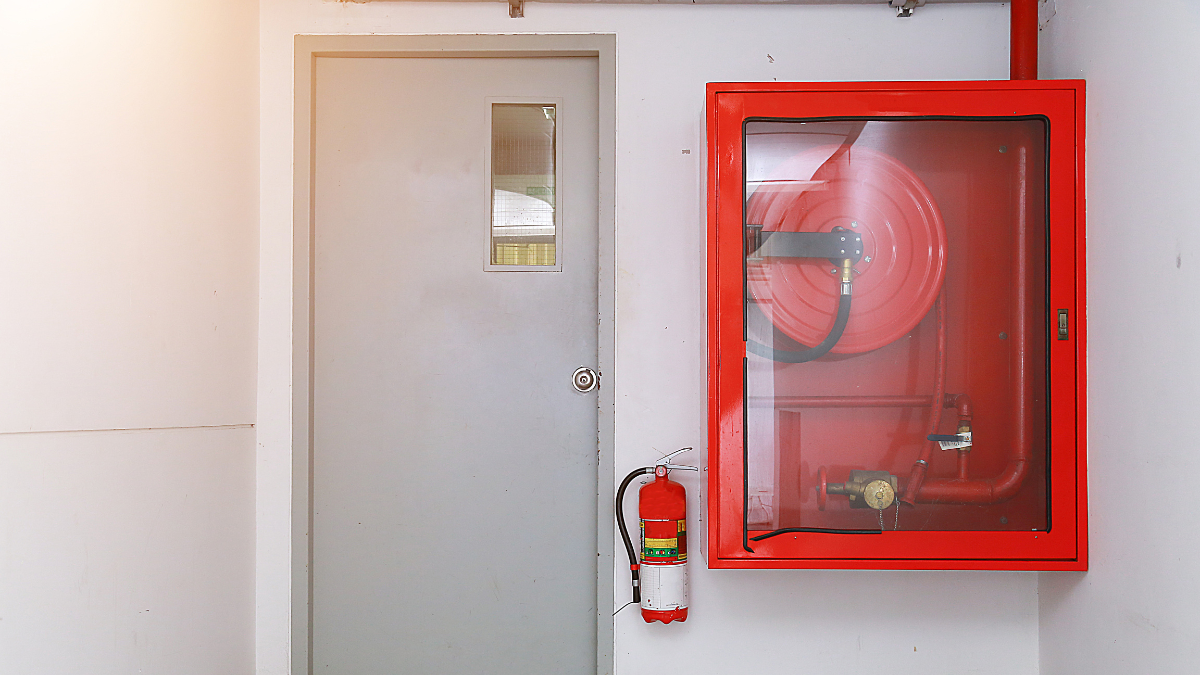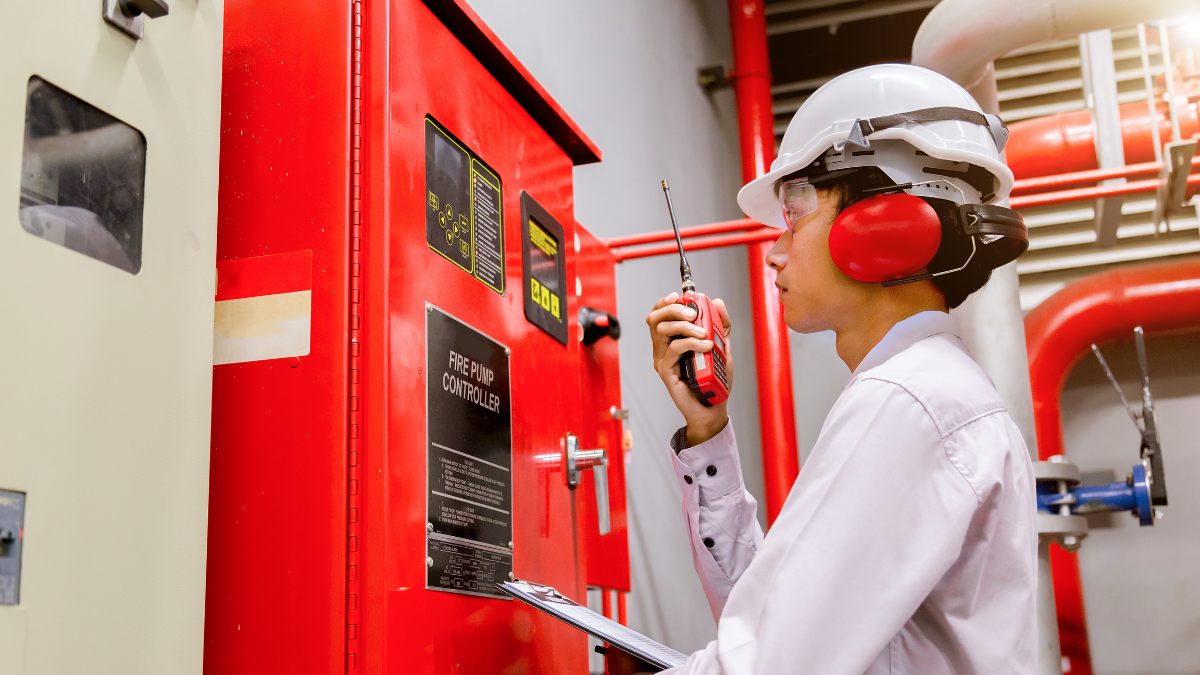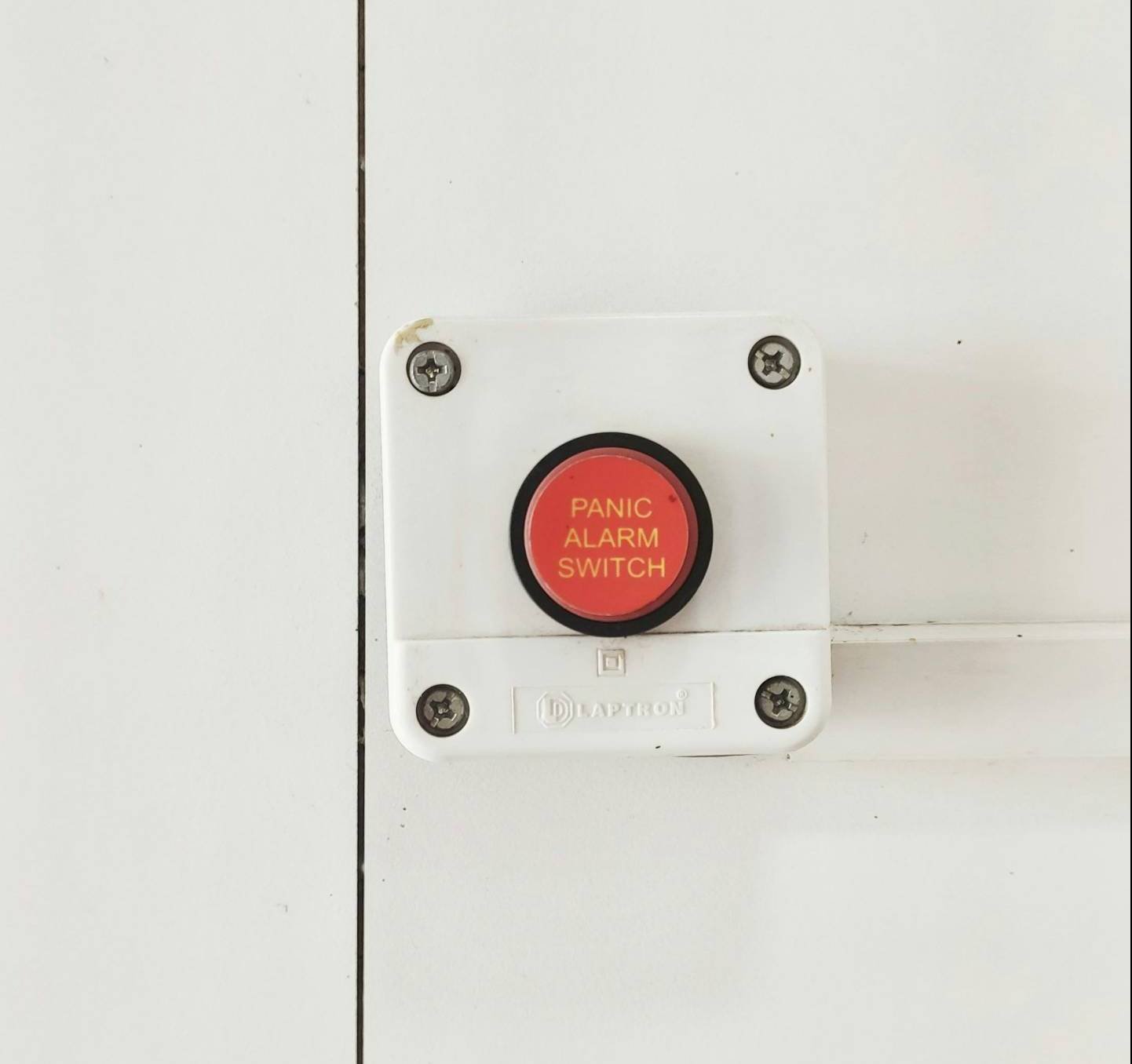Establishing and Maintaining Safety Equipment Compliance in the Workplace
Maintaining compliance with safety equipment is a crucial aspect of workplace safety that should not be overlooked. By ensuring that all employees have access to the necessary safety equipment, companies can significantly reduce the risk of workplace accidents and injuries. In this article, we will explore some effective ways that companies can establish and maintain safety equipment compliance.
Comprehensive safety equipment assessment
The first step towards ensuring safety equipment compliance involves conducting a comprehensive safety equipment assessment. This assessment should include an inventory of all safety equipment in use, as well as an evaluation of its effectiveness and any potential hazards associated with its usage.
Ensuring Compliance and Safety: Identifying Essential Safety Equipment for Every Job Task
After completing the safety equipment assessment, companies should then identify the specific safety equipment that is required for each job task. Companies should consult relevant OSHA guidelines, as they provide valuable guidance on the minimum safety equipment required for each job type. Failing to comply with these guidelines may result in safety violations and penalties, so it’s crucial to follow them closely.
However, merely providing safety equipment is not enough to ensure compliance. Companies must also provide comprehensive training on the proper use and maintenance of safety equipment. This training should be mandatory for all employees who use safety equipment, and it should be ongoing to ensure that employees remain informed of any changes or updates.
Maintenance of Safety Equipment to ensure a safe workplace environment
Additionally, companies must implement a rigorous maintenance program to ensure that safety equipment remains effective. Such a program should include regular inspections, cleaning, and repairs as needed. The program should also outline a process for replacing safety equipment that is no longer effective, outdated, or damaged.
Finally, companies must enforce compliance with safety equipment requirements to ensure a safe workplace environment. This includes regular monitoring and enforcement of safety equipment use, as well as appropriate consequences for employees who fail to comply with safety equipment requirements.
In conclusion, safety equipment compliance is a critical component of workplace safety. By conducting a safety equipment assessment, identifying required safety equipment, providing comprehensive training, implementing a maintenance program, and enforcing compliance, companies can ensure that their employees are adequately protected from workplace hazards. By taking these necessary steps, companies can reduce the risk of workplace accidents and injuries, which can have a significant impact on their bottom line.






